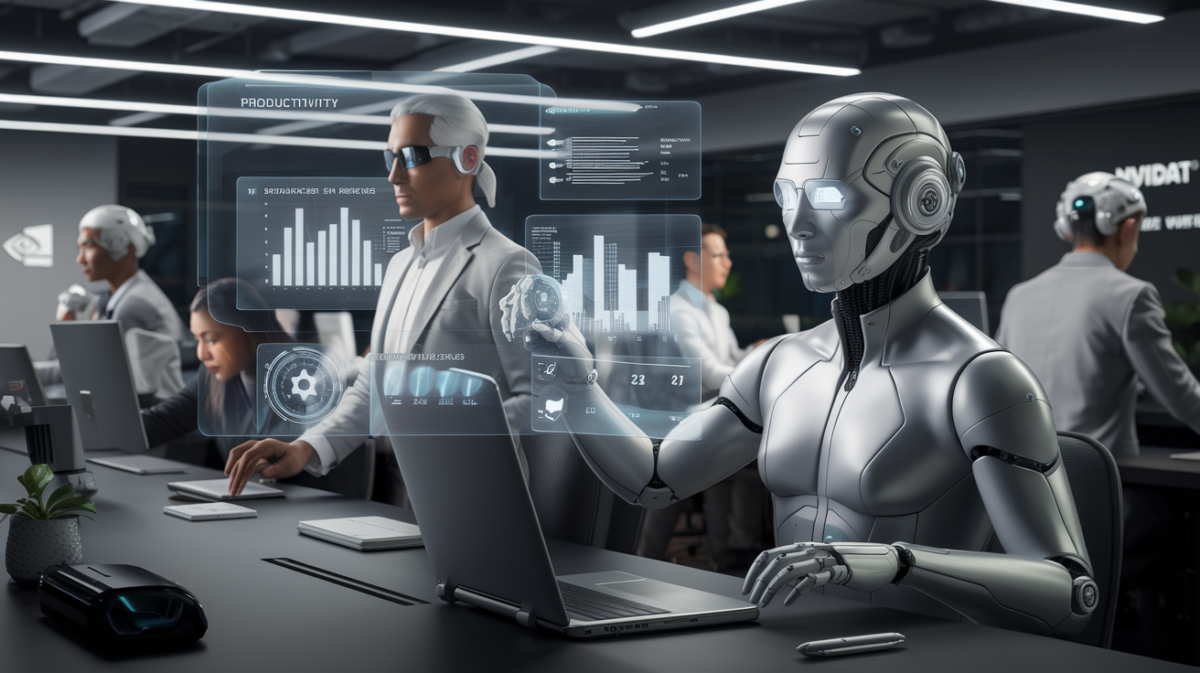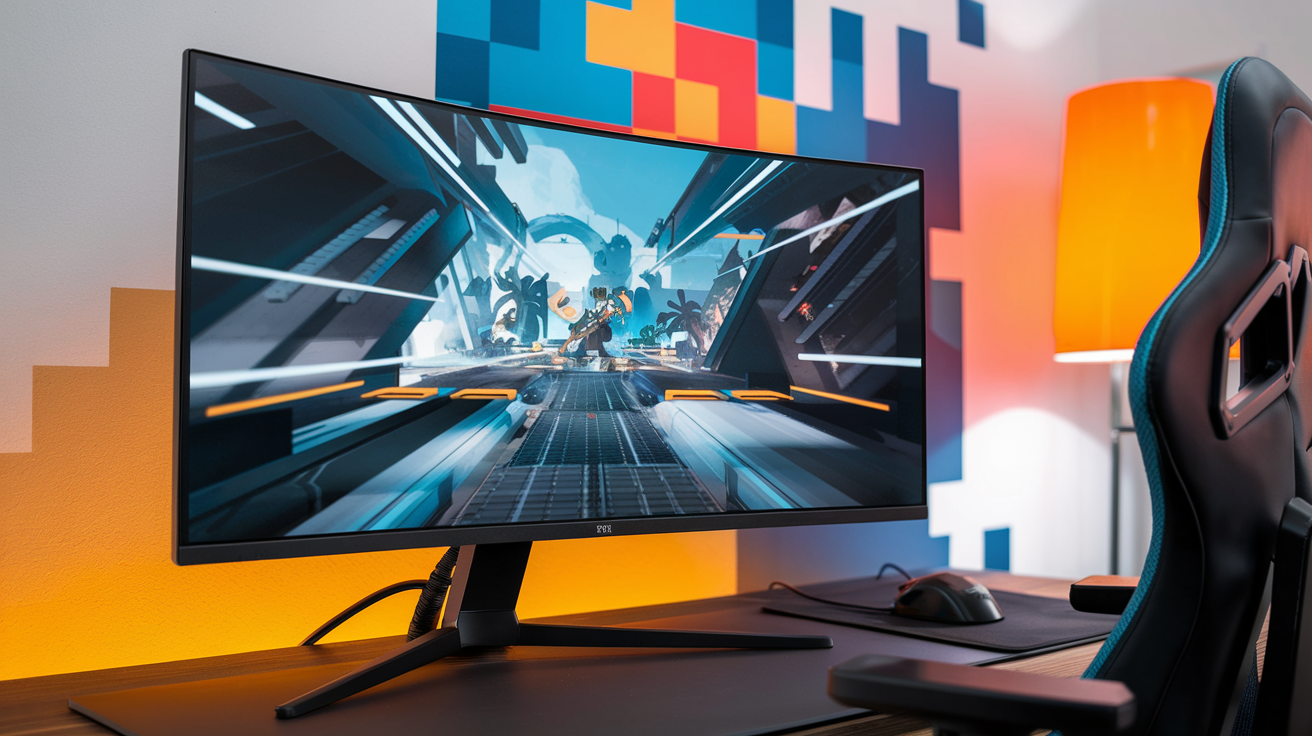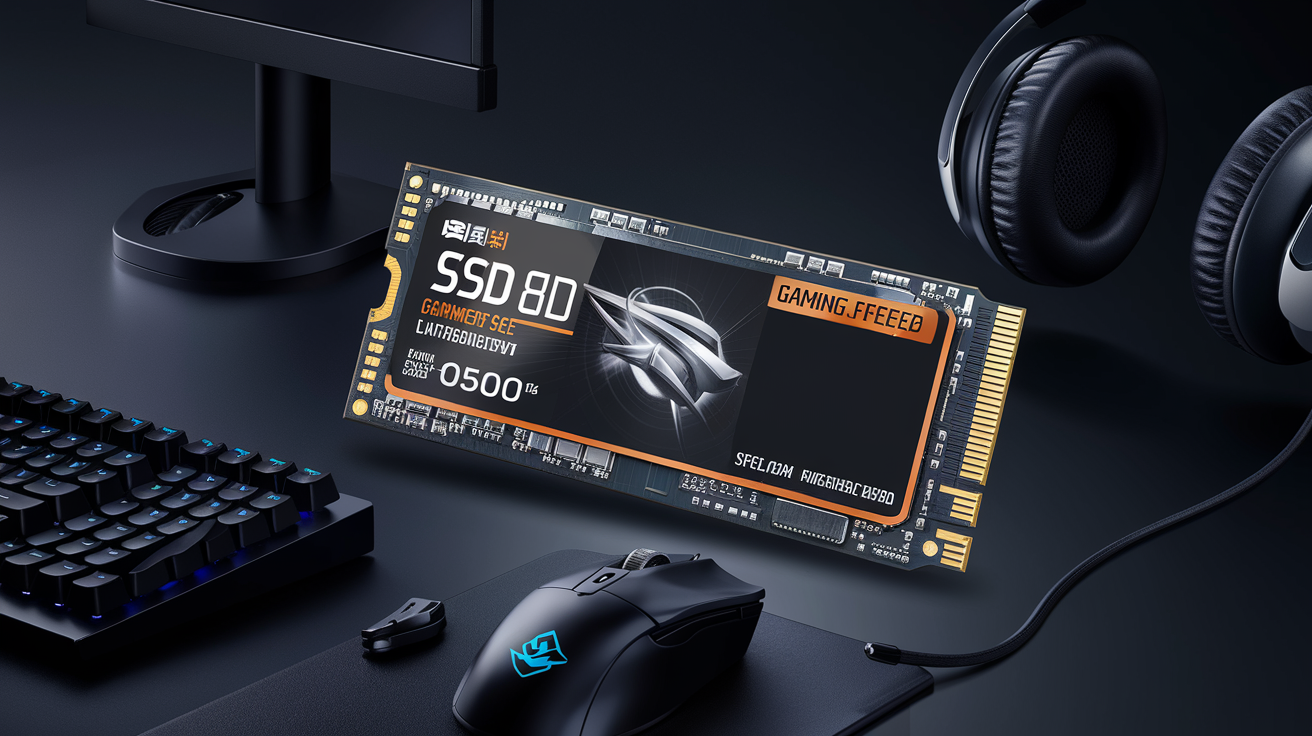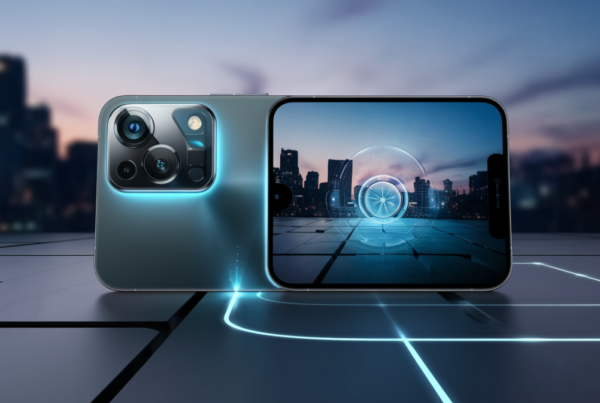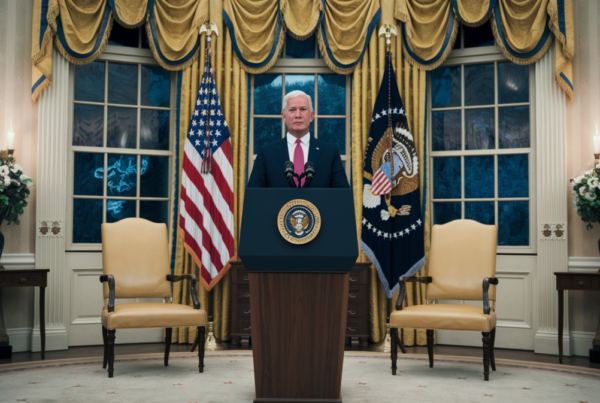Huang’s Vision for AI and the Future of Work
Nvidia CEO Jensen Huang has sparked a fresh debate about the impact of artificial intelligence (AI) on jobs, arguing that widespread job losses will only occur “if the world runs out of ideas.” Speaking at the Milken Institute’s Global Conference in May 2025, Huang emphasized that AI’s role in the workforce is not about replacement but adaptation. His comments come amid growing concerns from other tech leaders about AI’s potential to disrupt employment.
The AI Debate: Job Losses vs. Productivity Gains
Huang’s stance contrasts sharply with warnings from other industry figures, such as Anthropic CEO Dario Amodei, who predicts AI could eliminate up to 50% of entry-level white-collar jobs within five years. Huang dismissed such claims, advocating for a more optimistic outlook. “AI will change every job, but the real challenge is how we adapt to working alongside it,” he said.
Key points from Huang’s argument:
- AI as a productivity tool: Huang believes AI will enhance human capabilities, leading to higher productivity and economic growth.
- Transparency in development: He criticized the idea of developing AI behind closed doors, calling for open collaboration to ensure its benefits are widely shared.
- Job creation: “I’ve never seen one company that had earnings increase and not hire more people,” Huang remarked in a 2025 interview with CBS News’ “60 Minutes.”
AI and Human Collaboration: Nvidia’s Model
Huang envisions a future where AI and humans work side by side. At Nvidia, the goal is to have 50,000 employees and 100 million AI assistants, creating a symbiotic relationship where AI augments human skills rather than replaces them. This model, he argues, will drive innovation and create new opportunities.
Comparing Perspectives on AI and Jobs
| Leader | View on AI and Jobs | Key Argument |
|---|---|---|
| Jensen Huang (Nvidia) | Optimistic | AI will boost productivity and create jobs if integrated transparently. |
| Dario Amodei (Anthropic) | Pessimistic | AI could eliminate 50% of entry-level white-collar jobs by 2030. |
The Path Forward: Embracing AI Responsibly
Huang’s message is clear: the key to navigating AI’s impact on employment lies in proactive adaptation. Workers who learn to leverage AI tools will have a competitive edge, while companies that embrace the technology will thrive. “The future belongs to those who use AI to amplify their creativity and productivity,” he said.
As the debate continues, one thing is certain: AI is reshaping the workforce, and the choices we make today will determine whether it becomes a force for disruption or progress.
Conclusion
Jensen Huang’s perspective offers a balanced view of AI’s potential, emphasizing collaboration and innovation over fear. While challenges remain, his vision of a future where humans and AI work together provides a roadmap for navigating the changes ahead. The question now is not whether AI will transform jobs, but how we can harness its power to build a better future.

